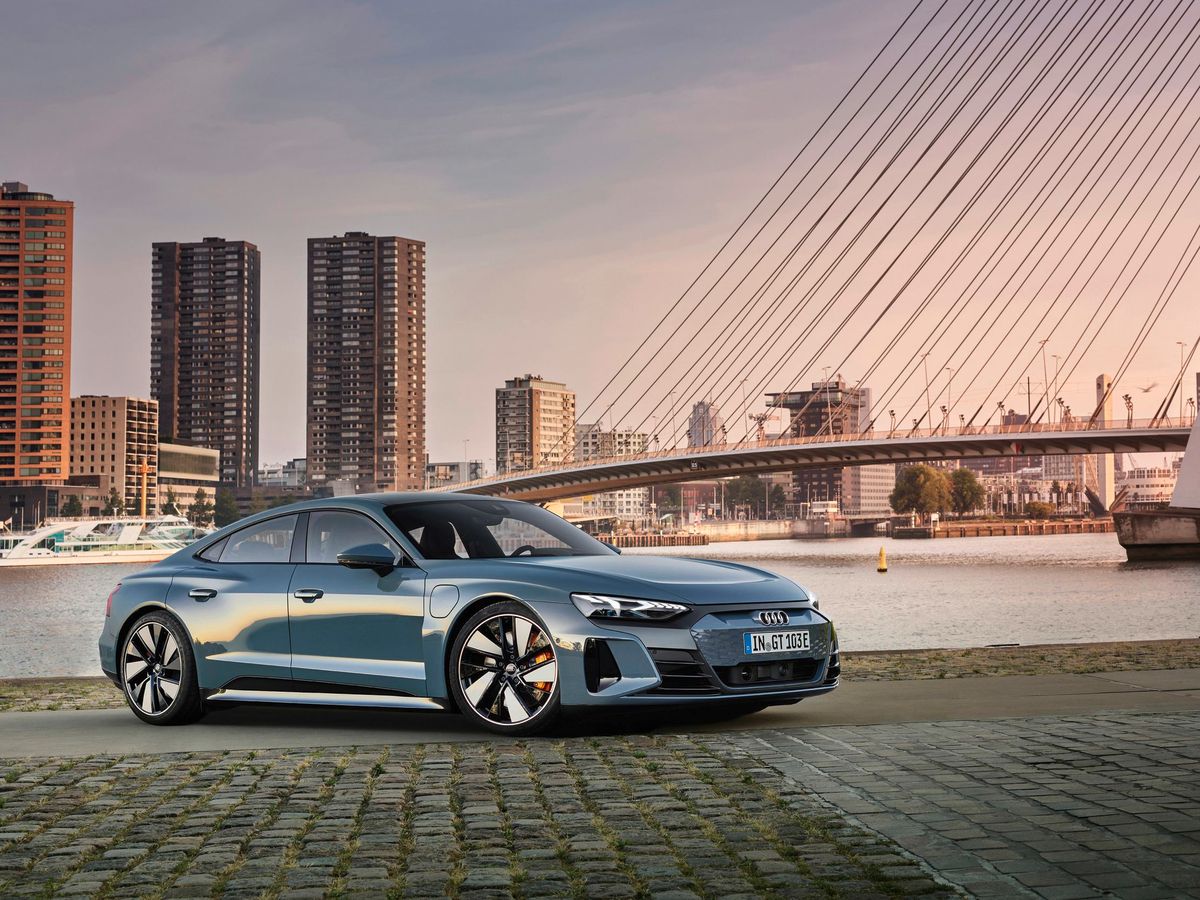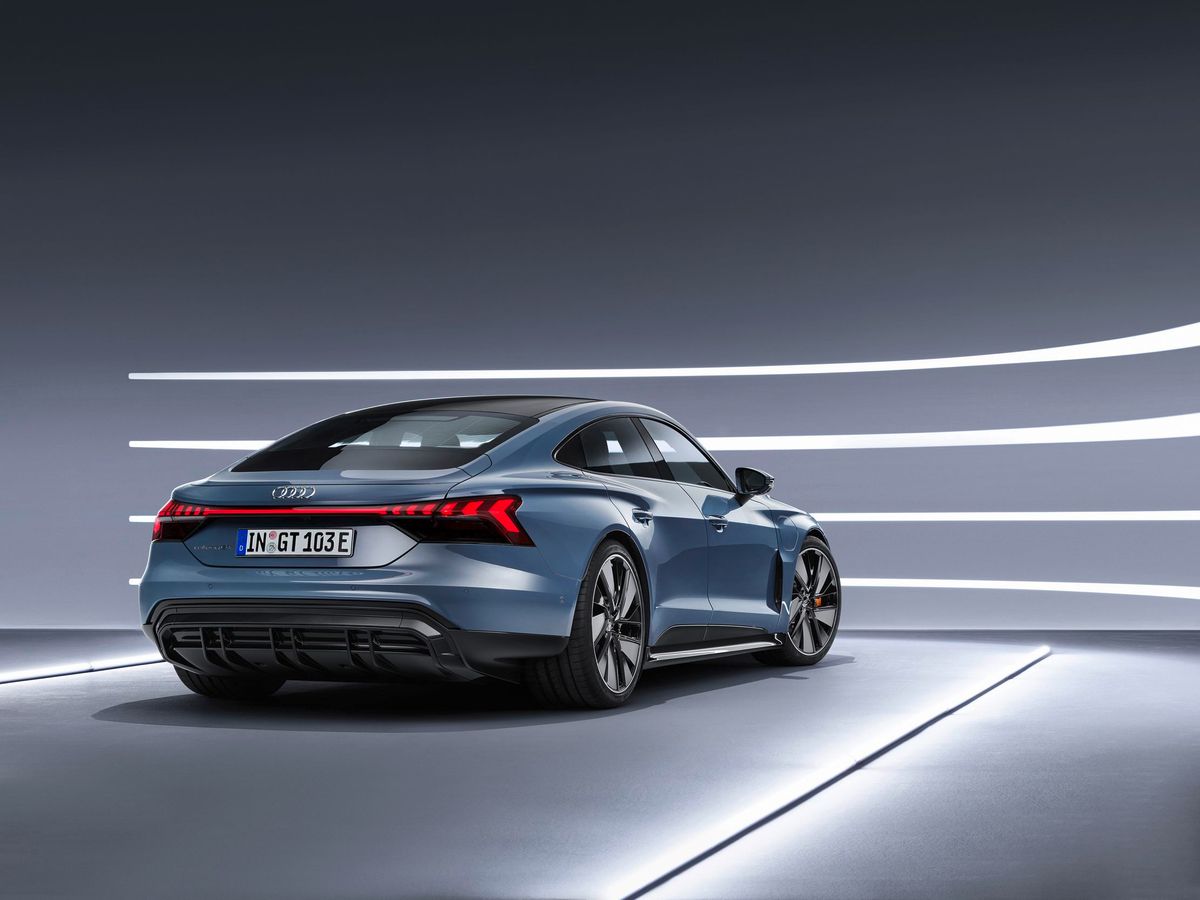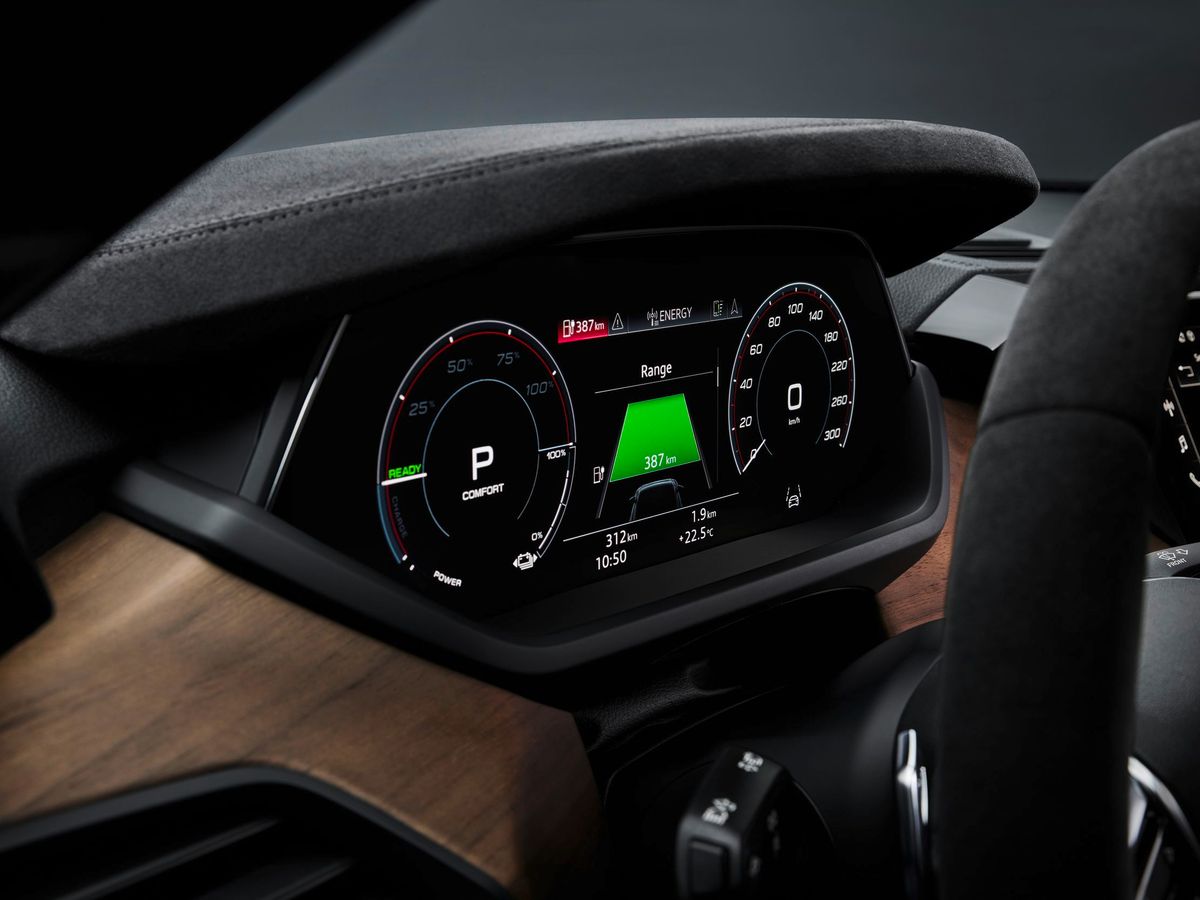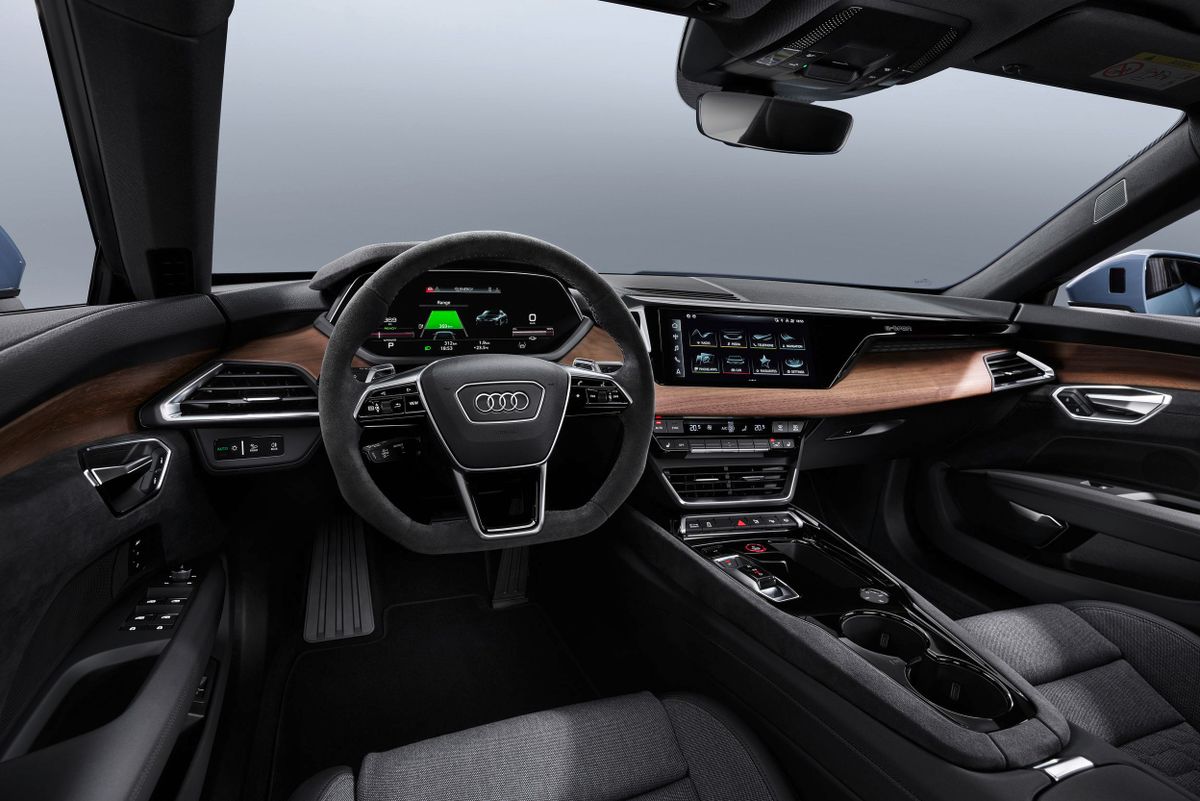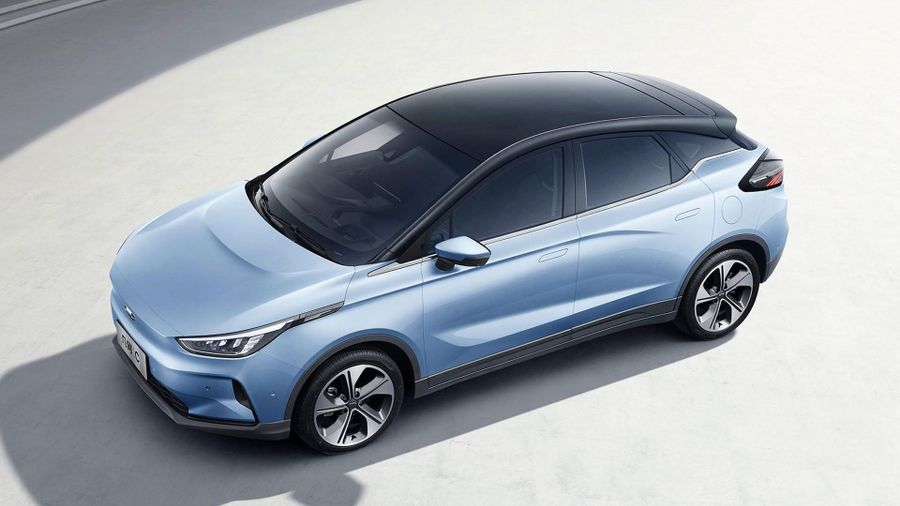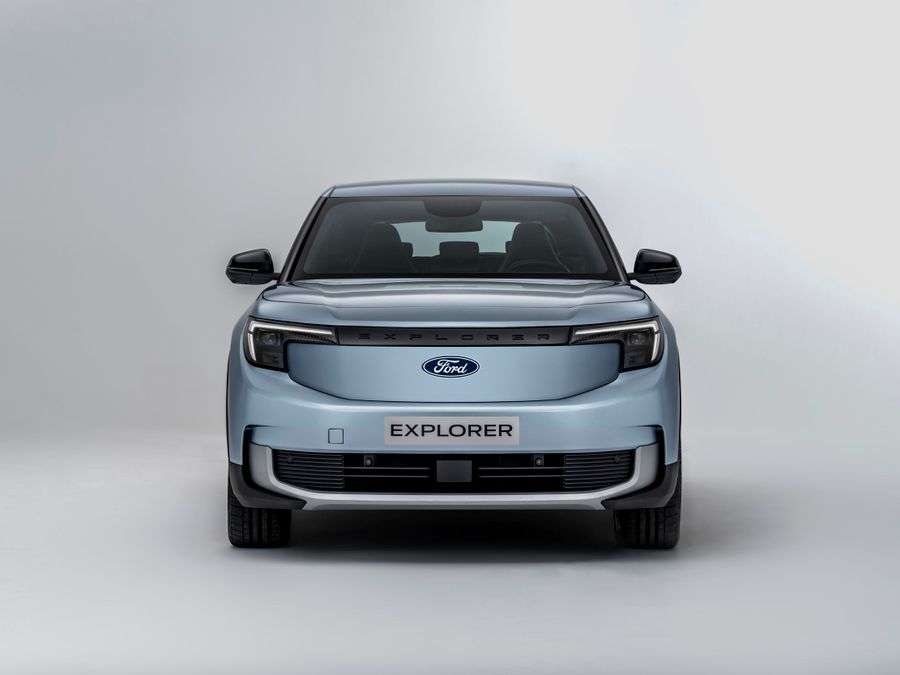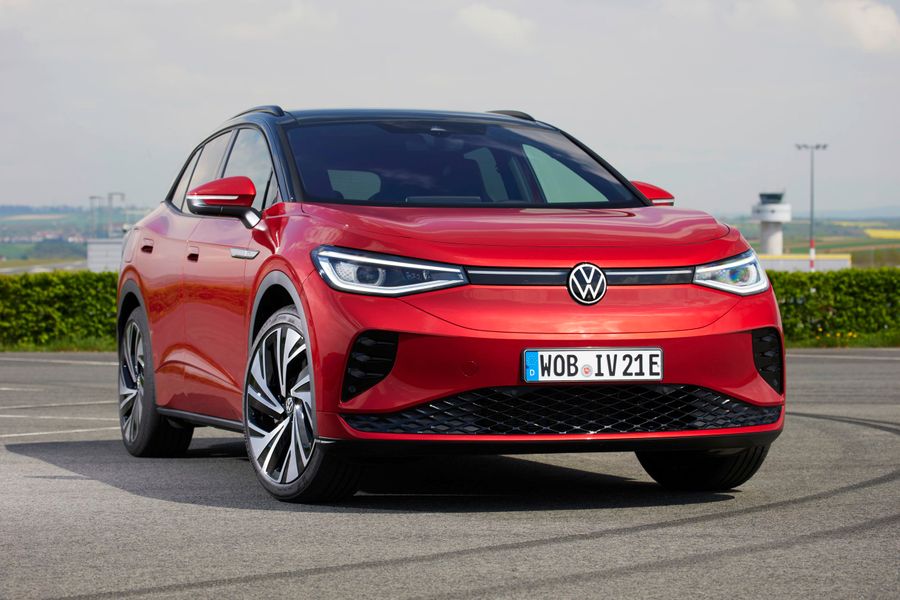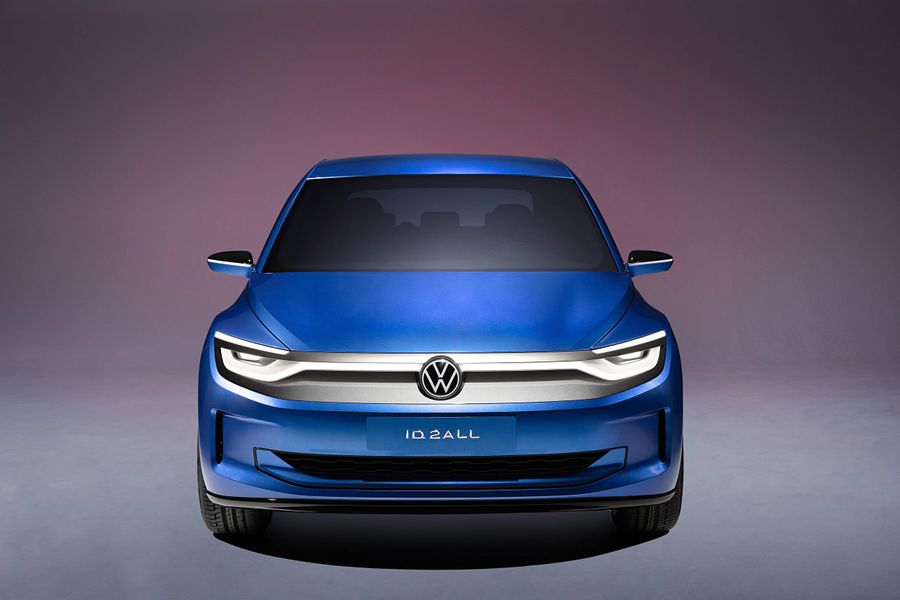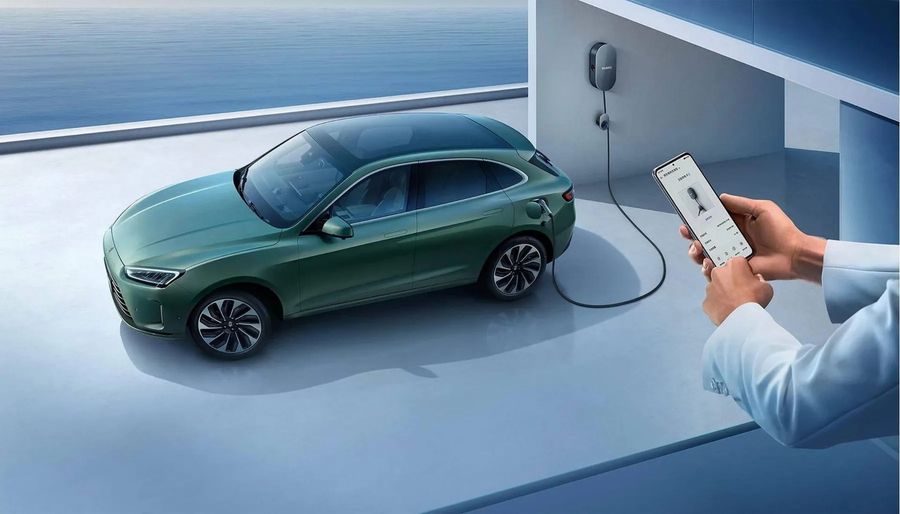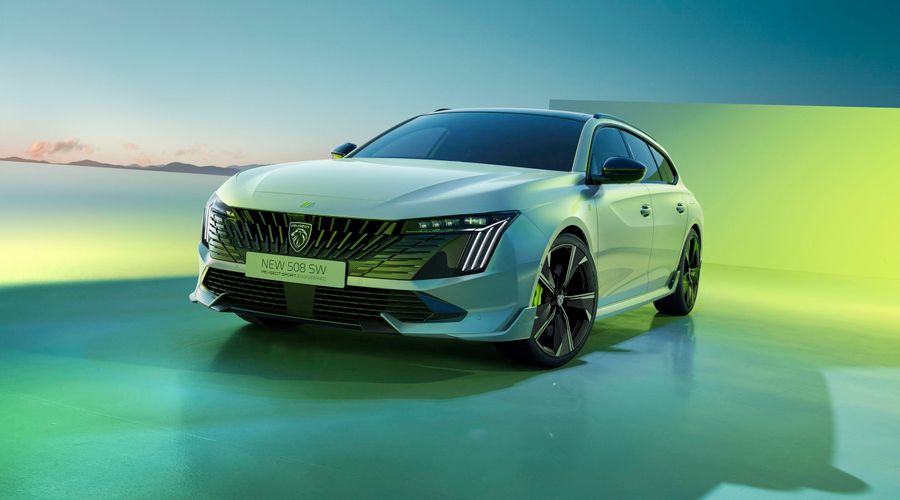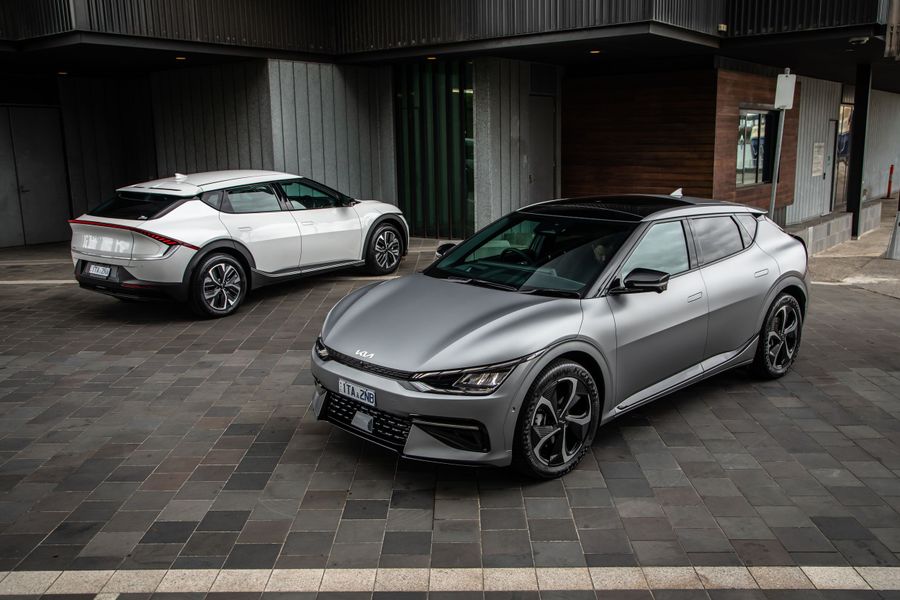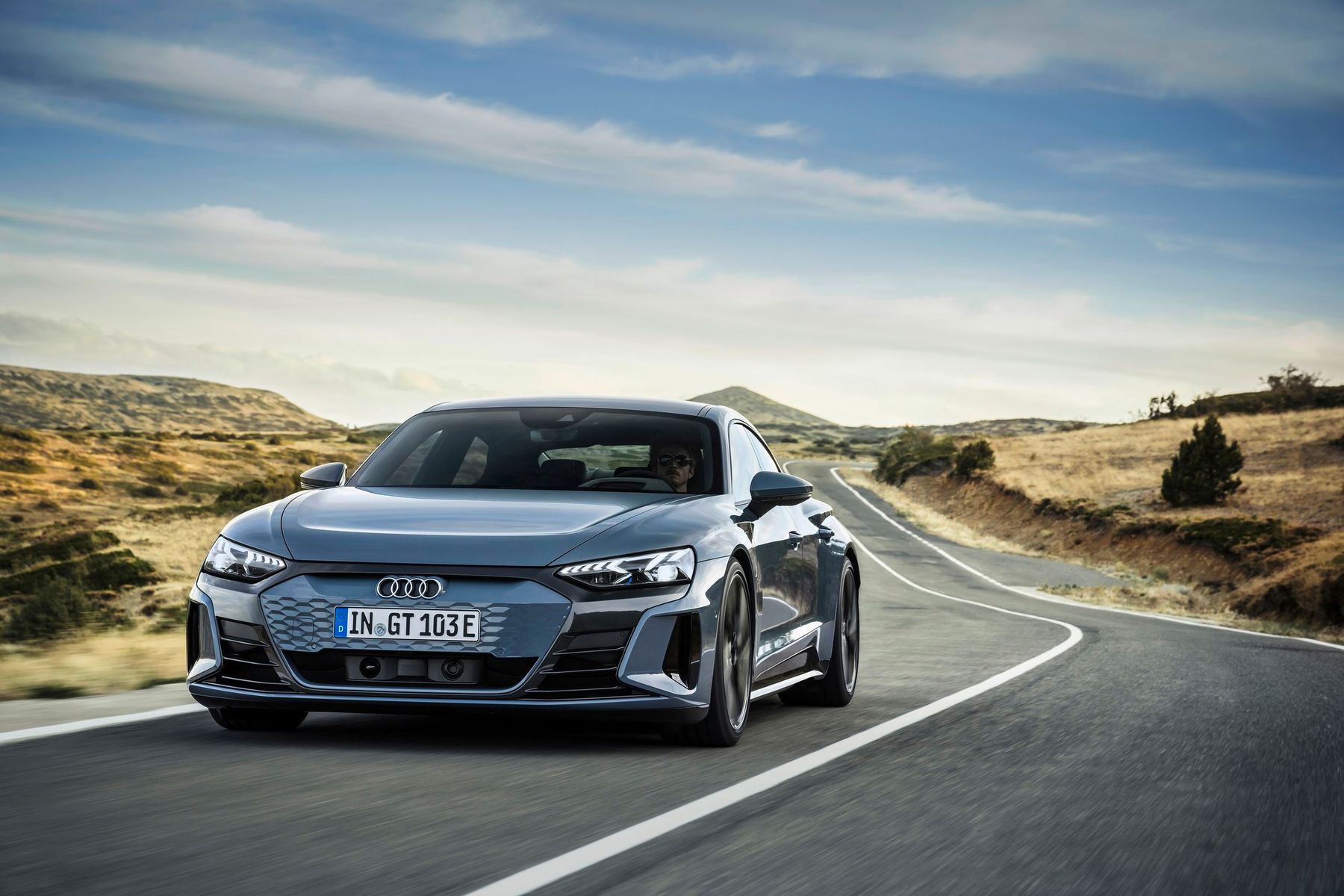
Audi e-tron GT. ‘A true masterpiece of electrification’
The Audi e-tron GT is an electric Gran Turismo sedan manufactured since 2021 by Audi (member of the VAG Group). The new e-tron GT is Audi’s first mass-produced electric sedan, the company’s first electric car to be produced in Germany (the e-tron and e-tron Sportback SUVs are assembled in Belgium, the Q2 L e-tron in China), the first ‘green’ car, which has a superpowerful RS version.
We have already reviewed the e-tron electric SUV and its coupe-like brother Sportback. Now it’s the sedan’s turn, which can be called a luxury car. But it was not us who did not make a review on time, it was Audi that recently produced its new electric flagship E-tron GT. In December 2020, the manufacturer announced the launch of production models. It took more than two years to transform the concept car, which became the star of the 2018 Los Angeles Auto Show, into a production car. Audi immodestly calls the premiere of the electric sedan the beginning of a new era in the history of the brand. The company considers the Audi e-tron GT ‘a true masterpiece of electrification’ and states that ‘the car combines comfort and driving dynamics in an iconic Gran Turismo design’.
The first generation
It has been produced from 2021 to the present. The first Audi e-tron GT is built on the J1 platform, shared with the Porsche Taycan, which is unified with the Porsche Panamera chassis elements. Therefore, they have similar components and assemblies, and it is difficult to resist comparison. We won’t. The wheelbase of the Audi e-tron GT is 2,900 mm (the same as that of the Taycan), and the two cars are also very similar in terms of their size. The e-tron GT sedan is 4,989 mm long (26 mm longer than the Taycan), 1,964 mm wide (2 mm narrower) and 1,414 mm high (35 mm higher). Its trunk volume reaches 405 liters (or 366 liters, in the presence of the advanced Bang & Olufsen sound system). The front trunk is only 85 liters. The wheels can be 19-, 20- or 21-inch.
Despite its silhouette with a sloping roof and a short tail, the new Audi e-tron GT is a real sedan with four frameless doors and a small trunk lid. It has pretty good aerodynamics: the drag coefficient of the car is 0.24 (0.22 for the Porsche Taycan). The sedan is equipped with active dampers for cooling the brakes. The top-end trim level includes a combined matrix-laser optics, in which the laser beam operates in the high-beam mode at a speed of more than 70 km/h (under certain conditions). The basic version offers conventional LED or matrix headlights.
Interior and lighting
The sedan’s seats are finished with a combination of faux leather and a special Kaskade material (obtained after recycling plastic bottles and old textiles, similar to wool); faux leather and Dinamica microfiber or two types of genuine leather. Interestingly, the sedan has an absolutely traditional push-button climate control panel (the e-tron SUV has a fully touch-sensitive center console). The car features a 12.3-inch virtual panel, a 10.1-inch media system touchscreen, and a projection screen.
The company considers the Audi e-tron GT ‘a true masterpiece of electrification’ and states that ‘the car combines comfort and driving dynamics in an iconic Gran Turismo design’.
The 2021 Audi e-Tron GT comes standard with adaptive cruise control, remote-controlled parking system and matrix LED headlights. There is a system that gives an electric car a synthesized ‘voice’, similar to the sound of cars with internal combustion engines, which is standard for the RS version. As an option, you can order carbon-ceramic brakes, full-steering chassis, air suspension and an electronically controlled rear differential (this is standard equipment for the RS version).
Modifications
The new electric sedan is powered by two electric motors, four-wheel drive and a 93 kWh battery. As mentioned above, for a surcharge, it can be equipped with carbon-ceramic brakes and a fully steerable chassis. The rear wheels can be deflected through a modest angle of up to 2.8 degrees, while at speeds up to 70 km/h they turn in the opposite direction with the front wheels, improving maneuverability, and after 80 km/h they turn in the same direction, increasing stability.
Like the Taycan, the Audi sedan has an 800-volt electrical system that promises fast battery charging. From a DC station with a maximum power of 270 kW and a voltage of 800 volts, you can recharge your car for 100 km in 5 minutes. It is clear that the full charge takes much longer, from 25 minutes.
Two versions are available:
- Standard Audi e-tron GT with a 238 hp front engine, 435 hp rear motor and rear two-stage speed reducer (like the Taycan). However, it is impossible to simply combine these two indicators: the total power is limited by the electronics, which can smoothly vary the load of both motors. As a result, the maximum output is 476 hp and 630 Nm in standard mode. But if you activate the launch control, the output will grow to 530 hp and 640 Nm in 2.5 seconds (same as the Porsche Taycan 4S). The basic version can accelerate to 100 km/h in 4.1 seconds, developing a top speed of 245 km/h. Standard equipment includes an adaptive spring suspension and a self-locking rear differential. The declared drive range reaches 487 km (WLTP cycle).
- Advanced Audi ERS e-tron GT (RS e-tron GT) with a 238 hp front electric motor (exactly the same as in the base version) and 456 hp rear engine. The total output in the nominal mode is 598 hp and 830 Nm, launch control briefly increases power to 646 hp, without changing the torque (and yes, the Porsche Taycan Turbo with parameters of 680 hp and 850 Nm remains the leader). The ERP version is equipped with air suspension with 3-chamber cylinders (the ground clearance is adjustable in the range of 42 mm) and an electronically controlled rear differential. Acceleration from 0 to 100 km/h takes 3.3 seconds, and the ‘maximum speed’ is electronically limited to 250 km/h. The declared drive range is 472 km (WLTP cycle).



